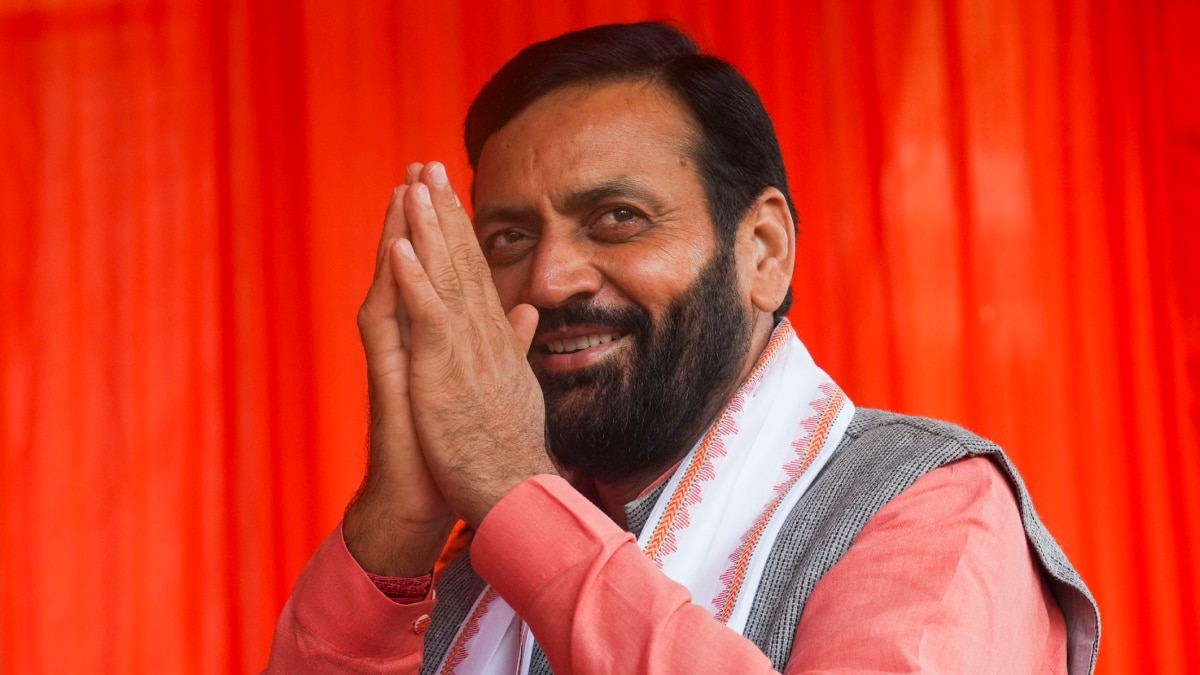The outcome of the Haryana Assembly elections has taken everyone by surprise, with the Bharatiya Janata Party (BJP) poised to form the government for the third consecutive time. This result has defied the exit polls, which had predicted a sweeping victory for the Congress. BJP’s historic success in Haryana is rooted in Amit Shah’s long-established strategy of changing the Chief Ministerial face to combat anti-incumbancy.
Haryana had been under BJP rule for 10 years, facing challenges such as anti-incumbency and a perceived resurgence of caste politics that appeared to threaten the party's prospects.
However, the BJP made a significant move seven months before the elections wherein the party replaced then-Chief Minister Manohar Lal Khattar with Nayab Singh Saini.
The BJP had contested the 2019 elections under Khattar's leadership, but the party had failed to secure a majority, forming the government with the support of the Jannayak Janta Party (JJP). Unwilling to take risks for the 2024 elections, the BJP opted for a leadership change and appointed Saini as the new face of the party in the state. The election results indicate that the gamble paid off, and the BJP has secured the majority mark of 46 seats.
BJP's CM Change Formula Succeeded 4 Times, Failed Once In Recent Elections
This formula of replacing the Chief Minister before elections has been successfully implemented by the BJP in several states, including Uttarakhand, Tripura, and Gujarat, with positive outcomes.
In Gujarat, the party replaced Vijay Rupani with Bhupendrabhai Patel a year before the end of Rupani's term in 2021. Similarly, in Uttarakhand, the BJP made multiple changes in the chief ministerial leadership to retain voter support. Though it initially faced setbacks, the move paid off with Pushkar Singh Dhami leading the party to re-election.
In Tripura, ahead of the Assembly polls, Manik Saha replaced Biplab Kumar Deb as Chief Minister in 2022 followed by a BJP win in the state election.
| State | Chief Minister Change | Election | Outcome |
| Gujarat | September 13, 2021 - Bhupendrabhai Patel became Chief Minister replacing Vijay Rupani | December 2022 | BJP won |
| Uttarakhand | July 4, 2021 - Pushkar Singh Dhami became Chief Minister replacing Tirath Singh Rawat | February 2022 | BJP won |
| Tripura | May 15, 2022 - Manik Saha replaced Biplab Kumar Deb as Chief Minister | February 2022 | BJP won |
| Karnataka | July 28, 2021 - Basavaraj Bommai replaced BS Yeddiyurappa as Chief Minister | May 2023 | Congress won |
| Haryana | March 12, 2024 - Nayab Singh Saini became Chief Minister replacing Manohar Lal Khattar | October 2024 | BJP won |
However, when the same strategy was employed in Karnataka, where Basavaraj Bommai was appointed to replace BS Yediyurappa two years before the state elections, the move did not yield the desired results. The Congress under the leadership of Chief Minister Siddaramaiah formed the government in the state.
ALSO READ | From Infighting To Saini Factor: 7 Factors That Led To Congress' Setback In Haryana
BJP Replaced Khattar In Haryana, Severed Ties With JJP
The decision to replace Khattar also marked the end of the BJP's alliance with the JJP on 12 March, amidst strong anti-incumbency, voter fatigue, and widespread dissatisfaction among farmers and the youth.
Saini, hailing from the Other Backward Classes (OBC), represents a shift in Haryana’s political dynamics The BJP is believed to have effectively countered the Congress’s growing support among Jat and Dalit voters by consolidating non-Jat voters. It must be noted that ML Khattar's lack of participation in the BJP campaign was questioned by the Congress as Pawan Khera asked why he was not featured in the BJP's campaign material despite being a former chief minister. It was seen as a move to distance the ruling party from the anti-incumbency associated with Khattar.
In conclusion, the BJP's tactic of periodically refreshing its leadership has often played a crucial role in ensuring the party's sustained success across various states, with Haryana being the latest example of this winning formula.


